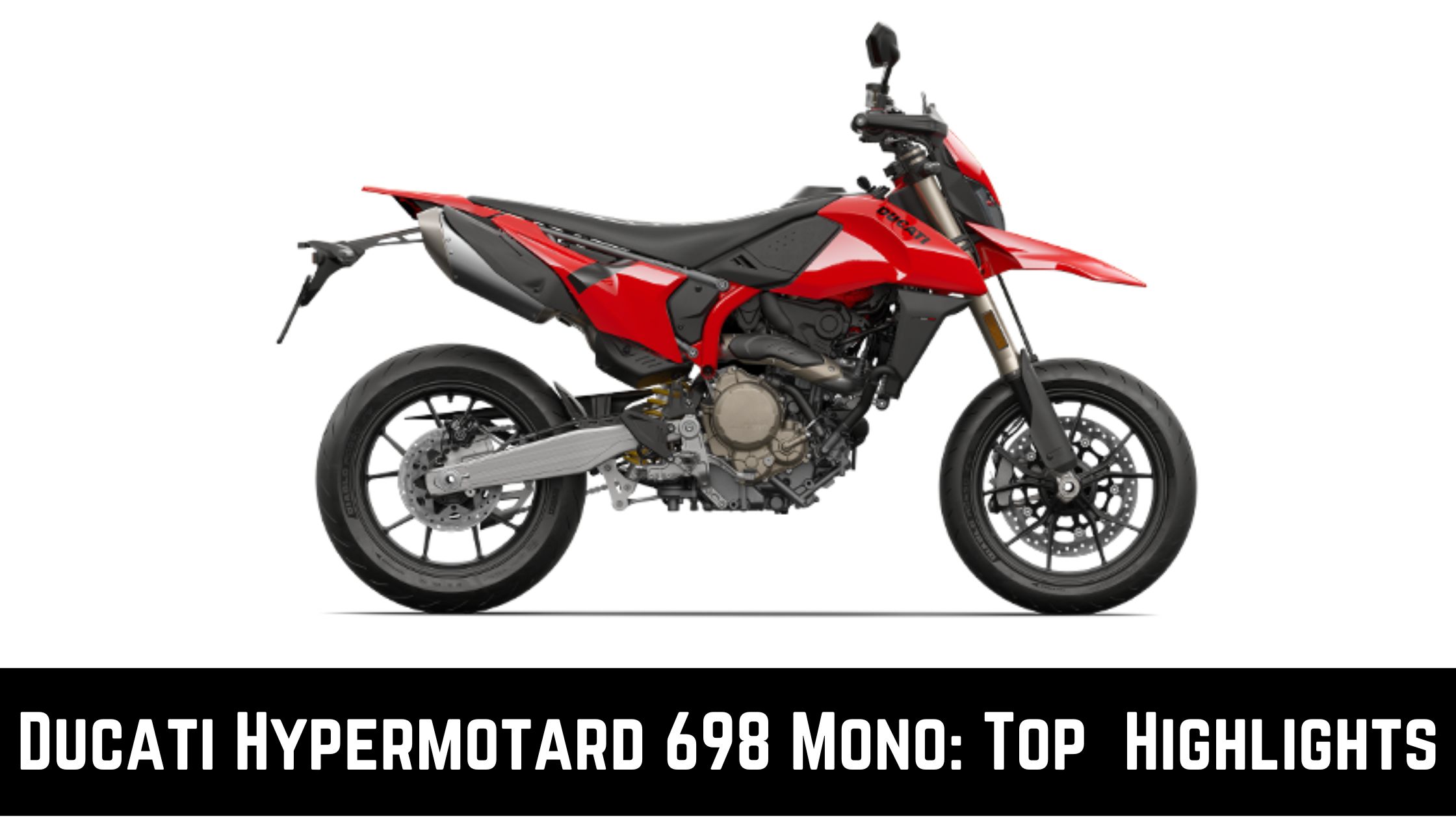
Before the advent of alloy wheels in the 1970s, spoked wheels were the favored choice among two-wheeler makers. These cast-aluminum alloy wheels altered the motorcycle industry’s dynamics since they were affordable, simple to make, and allowed bikes to run without tubes. While most two-wheelers on the road now have alloy wheels, a few motorcycles still have spoke wheels, despite this technology being decades old. There is a valid rationale for it, though. So, to provide a thorough comparison, let’s examine the benefits and drawbacks of the two types of wheels.
Spoke Wheels
Spoked wheels outlast single-piece cast wheels, which is why off-road bikes, enduros, dirt bikes, scramblers, and ADVs utilize them. While more expensive bikes like the Triumph Scrambler 1200 XC and Ducati Multistrada 1260 Enduro employ tubeless spoke rims, models like the Hero XPulse 200 4V and Royal Enfield Himalayan use traditional spoke wheels.
Advantages of Spoke Wheels
The shock is transferred through the wheels. And tyres are absorbed by the suspension when a bike encounters a sharp bump when off-roading. Under extreme strain, wheels that aren’t flexible enough often shatter or bend. That is where spoked wheels come in; their ability to bend, flex, and moderately absorb impacts enables you to navigate uneven terrain easily.
What can quickly repair spoked wheels because it is cheap and straightforward to replace individual sections, unlike alloy wheels that must be changed when fractured. Then there is the visual attraction, where some manufacturers employ spoke wheels to enhance the overall appearance of a bike.
Disadvantages of Spoke Wheels
Since most spoked-wheel bikes use inner tubes, changing and patching punctures is difficult and time-consuming because they must remove the entire wheel assembly. A broken or loose spoke still has to be fixed by a human being. Wheels that can accommodate tubeless tyres are available, although they are costly.
Alloy Wheels
Alloy wheels are widely used on motorcycles worldwide since they are easier to make and much more rigid than spoked wheels. Initially found on performance-oriented motorbikes, alloy wheels now appear on inexpensive commuter bikes.
Advantages of Alloy Wheels
Alloy wheels’ stiffness makes it very simple for them to withstand high horsepower and torque levels. They are hence more stable at high speeds. Due to their rigidity, which provides more feedback, they perform better and are more reliable at high cornering speeds. What can use tubeless tyres on alloy wheels, which makes tyre changes and puncture repairs easier. Additionally, because the manufacturing process is entirely automated, we can produce thousands of alloy wheels daily.
Disadvantages of Alloy Wheels
The inflexibility of alloy wheels is their major drawback. As a result, the wheel tends to dent or shatter when it strikes a sharp bump or pothole at a fast speed. Unfortunately, they are beyond repair and must be replaced entirely, which will burn a hole in your wallet.



